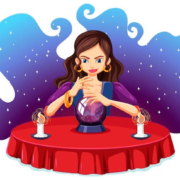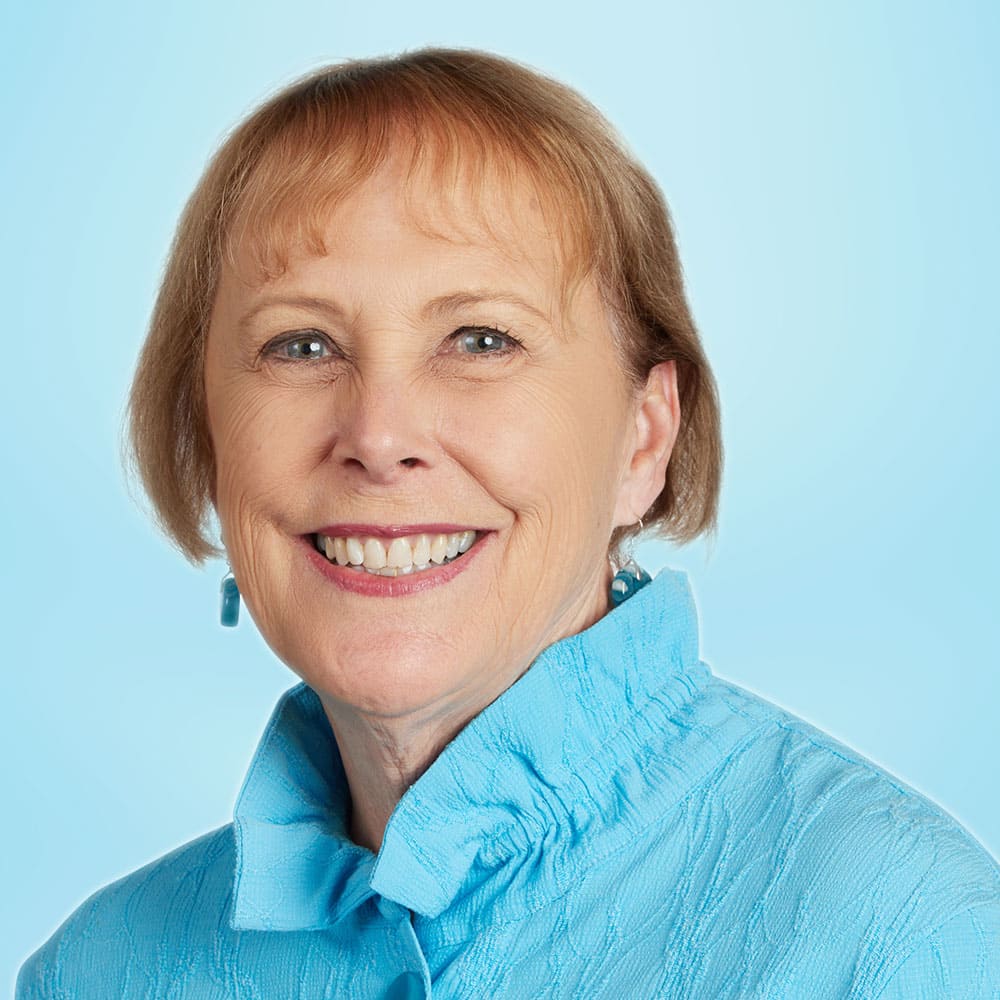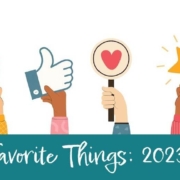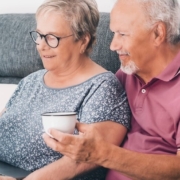How Personas Can Drive Senior Living Occupancy
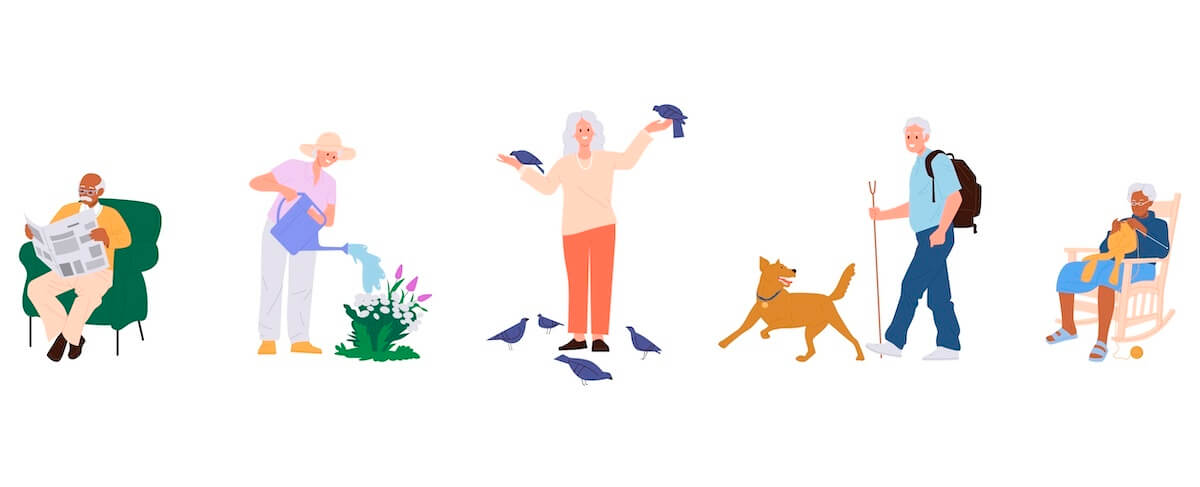
Personas are fictional representations of your ideal customers—or, in the case of senior living, your ideal residents and the adult children involved in making decisions.
Armed with a clear picture of your ideal residents, you can better personalize your messaging and marketing to them—and ultimately boost your senior living occupancy.
Below, we’re sharing two case studies demonstrating how personas helped drive occupancy for our clients.
Case study: Using personas to develop a unique selling proposition
The problem: How to differentiate from the big boys in town?
We worked with a community in Ohio stuck at 60% occupancy. This community is in a rural market with two nearby competitors. One competitor is affiliated with the local healthcare system and has rehab, skilled nursing, physicians, and assisted living on one campus. The other competitor is new, with a fancy community that offers a more glamorous experience.
Our client’s marketing team felt their own community came off as old, dated, and too expensive, given what people were paying each month. The team believed their community couldn’t compete with the newer property or the property that offered assisted living and other medical services on a single campus.
The solution: Develop a value proposition based on real experiences, not marketing’s assumptions.
Our goal was to identify the right niche for our client and identify the unique value proposition so we could create messaging to attract prospects who would prefer our client’s community.
To accomplish this, we interviewed families that recently chose our client’s community over the others. What we learned: The prospects who chose our client’s community thought the new fancy-schmancy community in town was too grand for their tastes. And they thought the community with all the medical offerings on one campus was too big and difficult to navigate.
None of the families had a problem with the price of our client’s community. And what seemed like “old and dated” to the marketing team felt “warm and cozy” to the prospects. So, we created a messaging campaign that positioned the community with the following theme: “We’re not too big or too fancy—we’re just right.”
The result: Improved occupancy in the harder-to-sell units.
The refined messaging resonated well with prospects simply because it matched their needs and pain points instead of reflecting the marketing team’s assumptions about those pain points. Occupancy improved as a result. We were finally attracting the right prospects for this community.
Case study: Developing personas to help fill a specific need.
The problem: How to push the right inventory to the right prospect?
A client with a life plan community was in the process of renovating the older, dated property when we came on board. At the time, the community had mostly small one-bedroom units and studios available until the renovation was completed (over a year out). The community had a long waiting list for the larger apartments but no inventory. They did, however, have plenty of studios and smaller one-bedrooms—the problem was the prospects in the pipeline had no interest.
The solution: Develop two new personas that aligned with the available inventory.
Our job was to attract prospects interested in the smaller units. To do so, we had to first understand who those potential buyers were.
We began by hosting focus groups representing residents who had previously selected the smaller units. Through those conversations, we developed two personas that we’d use to guide our messaging and campaigns:
Persona #1: Planner Pam
Planner Pam represents older, single women interested in purposeful planning for their retirement lifestyle. She is vocal about not wanting her children to make decisions on her behalf, and she doesn’t want to become a burden to her kids as she ages. (Almost all the women in our focus group had cared for older loved ones, and they didn’t want their kids going through what they’d endured.)
Planner Pam chose our client’s community because of its life plan promise. The community offers a continuum of care as residents’ needs change. The price point of the smaller units was highly attractive to Planner Pam because it ensures she won’t outlive her assets. This financial security provides peace of mind. Planner Pam also values socialization—she has no interest in spending much time in her apartment. Instead, she enjoys dining with friends in the community and participating in activities.
Persona #2: Simple Sam
Simple Sam doesn’t want to continue maintaining his home, doing chores, and cooking. Several focus group participants had lost a spouse, and they chose our client’s community because they craved a simple life with meals, housekeeping, and maintenance included.
The Simple Sam folks aren’t looking for anything big and fancy, so they aren’t impressed with the larger apartments. Their collective attitude is, “I just need my TV, recliner, and bed. What I really appreciate are the services and amenities.” All the men in the focus group had initially attended a “lunch and learn” in the community before moving in.
We created two different campaigns to attract similar prospects to fill the remaining available units. We purchased qualified mailing lists for single men and women within our client’s geographic market and created a different campaign for each persona.
For Planner Pam, we created a campaign with messaging that spoke to being in control of your retirement plans, the importance of making a decision now so that your kids don’t have to do it later, how living in our client’s community means you’ll never be a burden to your family, and the peace of mind the life plan financial contract and continuum of care offered.
The other campaign for Simple Sam reinforced the idea that it was time to say goodbye to the “honey do” list and enjoy their retirement. The call to action (CTA) was to join us for a “lunch and learn” event where they could experience the fantastic food and learn more about the community.
The results: Increase in qualified prospects and move-ins.
Both campaigns garnered an excellent response and attracted qualified prospects. We filled the smaller apartments, which gave the community breathing room with its renovations. The community brought us on board when its occupancy was 60%, and it has now reached 90%.
We also created a “couples” persona to drive sales for the larger apartments post-renovation. The key motivators for couples include moving into a community when they’re both well enough to enjoy it together, continuing to live together even if their individual needs change over time, and having a supportive community if their spouse dies.
Persona research serves as the foundation upon which you build your marketing strategy.
Too often, communities dismiss persona research because they think it takes too long and costs too much. The communities want something tangible right away to use or share with prospects in return for the investment.
Here’s the thing, though: doing good persona research takes time. Yes, the final “product” is for internal use only. But with it, your marketing and sales teams will better understand what makes their ideal prospects tick. This will empower marketing to create messaging that attracts qualified prospects to your site and digital assets to help convert them at various points on their journey.
Remember, if you don’t know who you want to attract to your community and you try to attract everyone, you’ll waste valuable marketing dollars. Not to mention, you won’t increase your senior living occupancy.
And if you do know who you want to attract, but you don’t take the time to understand them—what their pain points are, what they crave, what they need—you’ll have trouble converting them to move-ins because your messaging won’t resonate with them.
Bottom line: Persona research isn’t a quick fix. Instead, it’s a long-term solution—one that works.
Persona research matters. It’s an investment of time and money that will pay off in the long run. Need help developing yours? Get in touch.

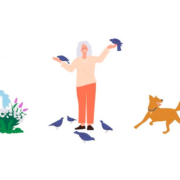

 Too many senior living marketing and sales teams think their work is done once a prospect signs a lease. The problem with this thinking? The teams are missing an opportunity to help residents AND the community at the same time.
Too many senior living marketing and sales teams think their work is done once a prospect signs a lease. The problem with this thinking? The teams are missing an opportunity to help residents AND the community at the same time.





